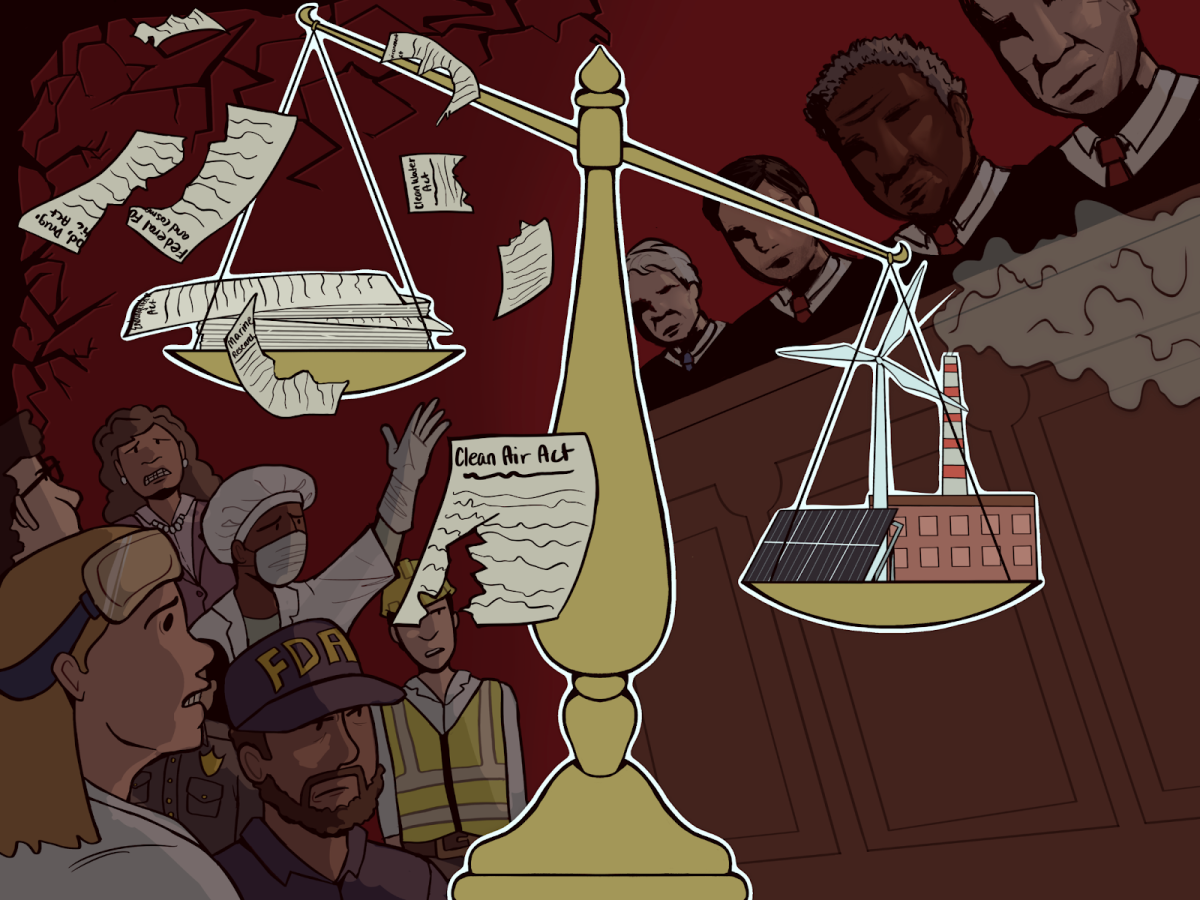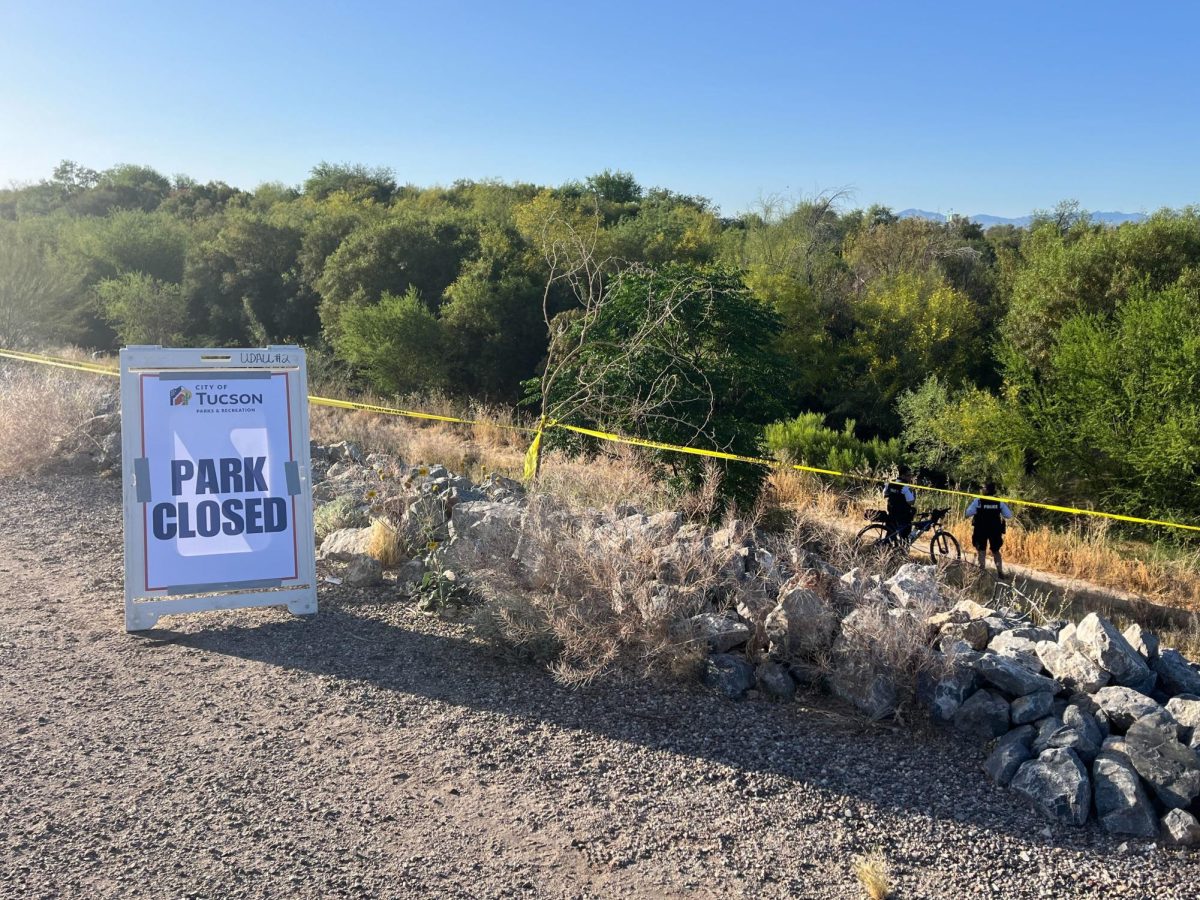TOYKO — Three powerful aftershocks struck already jittery northeastern Japan within the span of 10 minutes on Monday, as the government announced new plans to expand the evacuation area near a stricken nuclear plant due to high radiation levels.
Japan is trying to rebuild after a magnitude 9.0 earthquake on March 11 triggered a tsunami that killed thousands and left countless others homeless. The tsunami has also caused several fires and explosions at the Fukushima Daiichi nuclear power plant, which has leaked dangerous isotopes into the air, soil and water.
The first of Monday’s tremors, which trapped some victims in collapsed homes and vehicles, hit at 5:16 p.m. near the coast in Fukushima prefecture, registering a magnitude 7.1 at a depth of 6 miles underground, according to the Japan Meteorological Agency.
It was sizable enough to rock buildings in Tokyo, about 150 miles to the south. A magnitude 6.0 quake hit a minute later in the same area, followed by another — a magnitude 5.6 temblor — nine minutes after that.
Aftershocks continued hours later, the agency said. In neighboring Ibaraki prefecture, one man died after falling and hitting his head during the shaking, according to the local Ryugasaki fire department.
The quakes also triggered a landslide that buried three homes in Iwaki city. A 16-year-old girl died in the landslide, and three other men pulled from the rubble were unconscious and taken to a hospital, according to public broadcaster NHK.
Officials issued a tsunami warning after the quakes but later lifted it.
The quakes temporarily knocked out the power to the Fukushima nuclear power plant and led to a 50-minute stoppage in the water-spraying operations to cool four of the plant’s six reactors. Highways were closed, bullet train services to the region were halted briefly, and as many 220,000 homes in Fukushima prefecture were without power.
On Monday, Chief Cabinet Secretary Yukio Edano said the government would expand a 12-mile evacuation area near the nuclear plant, adding to the thousands who have already been told to leave their homes.
Unlike the government’s previous evacuation orders, the new one is based on data that show higher than normal radiation levels extending to towns and villages that are beyond even the government’s recommendation to stay indoors for residents living 12 to 18 miles away.
It was unclear how many residents would be affected by the new order, which the government plans to carry out over the next month. Edano noted that the risk of a massive radiation leak from the Fukushima plant was “”considerably lower.””








